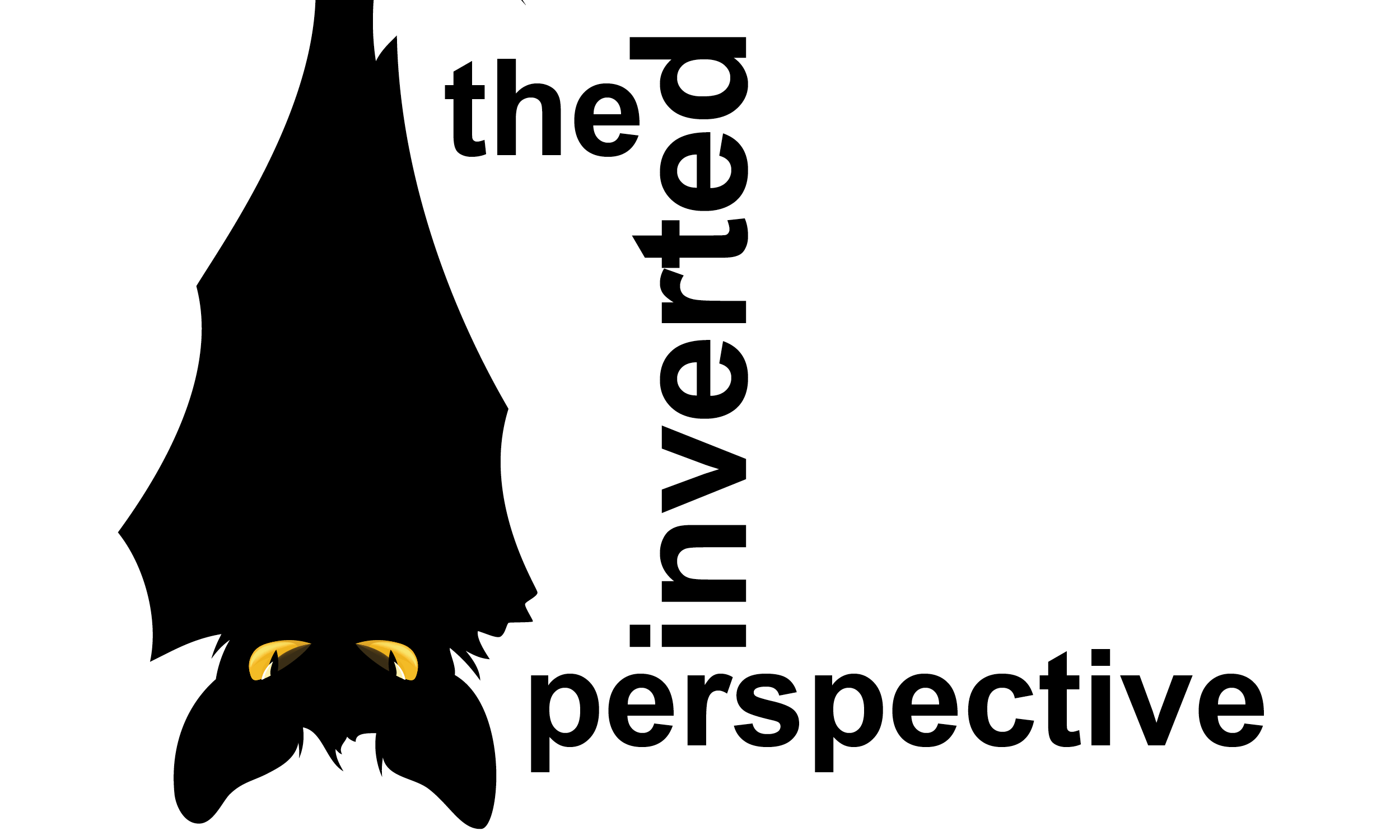Five Facts Why Bats Are Supermoms!
As the mother of a 10-month old boy, I know how hard being a mom can be. So for all you mother’s out there, spare a thought for our bat mom’s this Mother’s Day!
1. One huge baby!
Bat pups are born weighing up to one third of their mother’s weight. Imagine giving birth to a baby that big. For a human mom that would be like having a baby that weighed 40 pounds! Lucky for them most bats only have one pup at a time.
Yes, this is me at 7 months pregnant. I could really relate to our batty mom’s then!
2. Talk about strong nipples!
When a mother bat flies with her young, they clamp onto their mother's underarm nipple with their mouths and hang onto her waist with their toes. She had no way of catching them if they fall, so they must hang on tight!
3. Birth and gravity don’t mix
Giving birth is difficult for any animal, but mother bats need lighting fast reflexes. Hanging from her perch bat moms give birth upside down. Once the pup is out she needs to catch the blind baby in her wings before it falls to ground below.
Spectacled flying-fox (Pteropus conspicillatus), mother with baby at the Tolga Bat Hospital, Australia. Photo: Mnolf
4. Bats break the rules
In mammals, a general rule of thumb is the smaller you are, the higher the number of offspring you will have and the shorter the duration of your pregnancy. However, bats are a complete exception to this rule. They not only have few offspring per pregnancy, but they also have pregnancies that can last up to seven months – which is quite long for an animal that size!
5. Daddy’s got milk!
Just so the dad’s don’t feel left out this mother’s day, here is a fact for you! Male Dyak’s fruit bats, Dyacopterus spadiceus, are able to feed their young milk from their own mammary glands. Yes, the males of this species can breastfeed! Dyak’s fruit bats have one of the only known natural occurrences of paternal lactation however scientists are still unsure why this may be.

